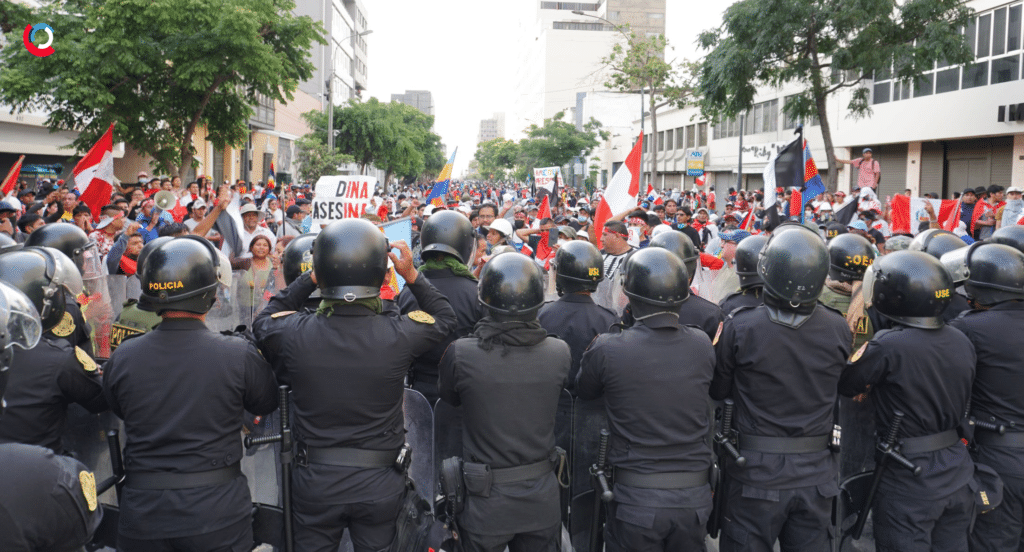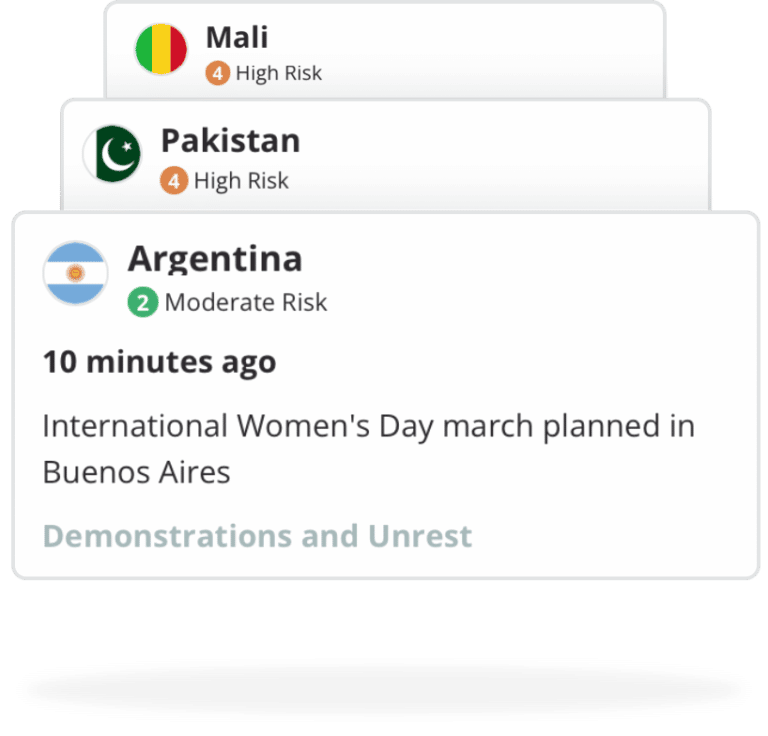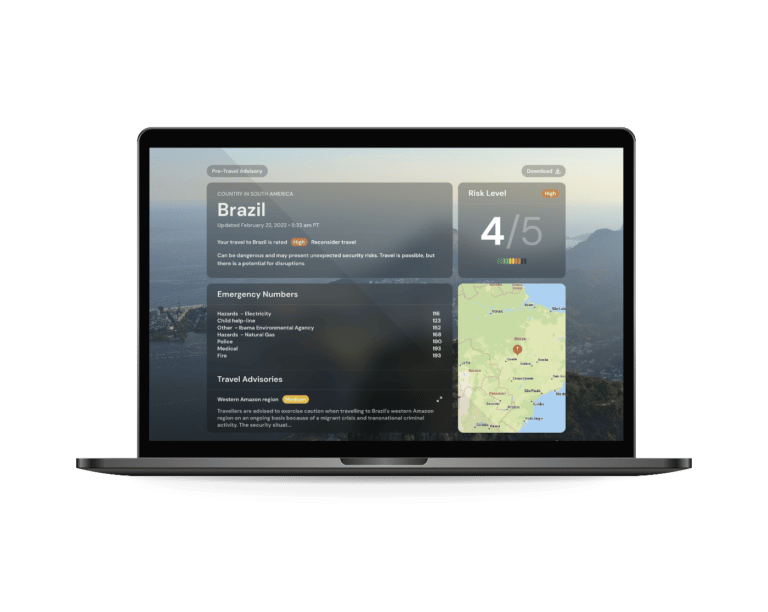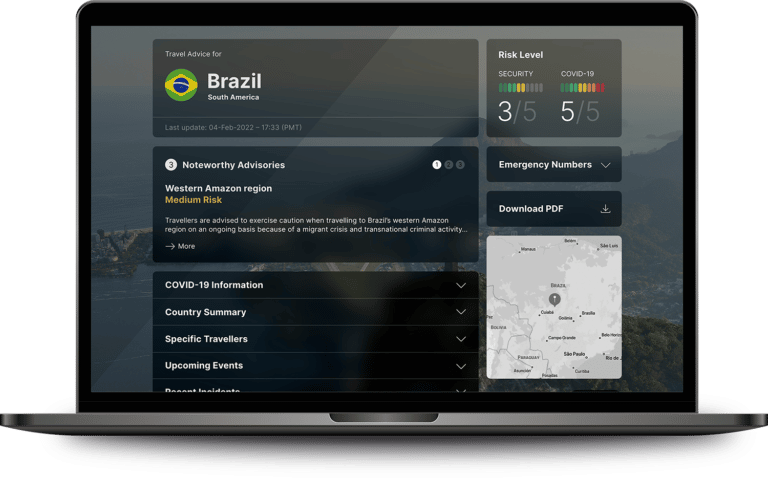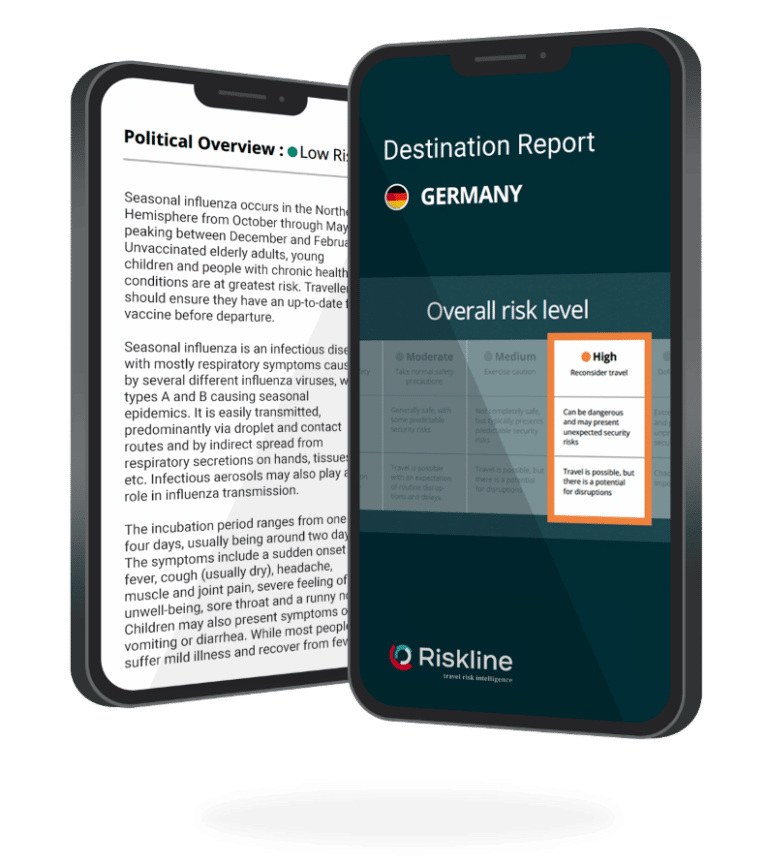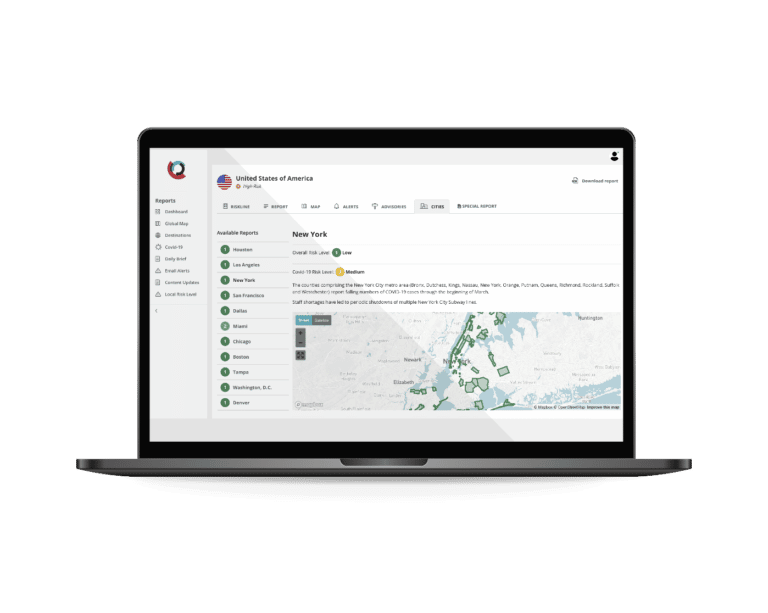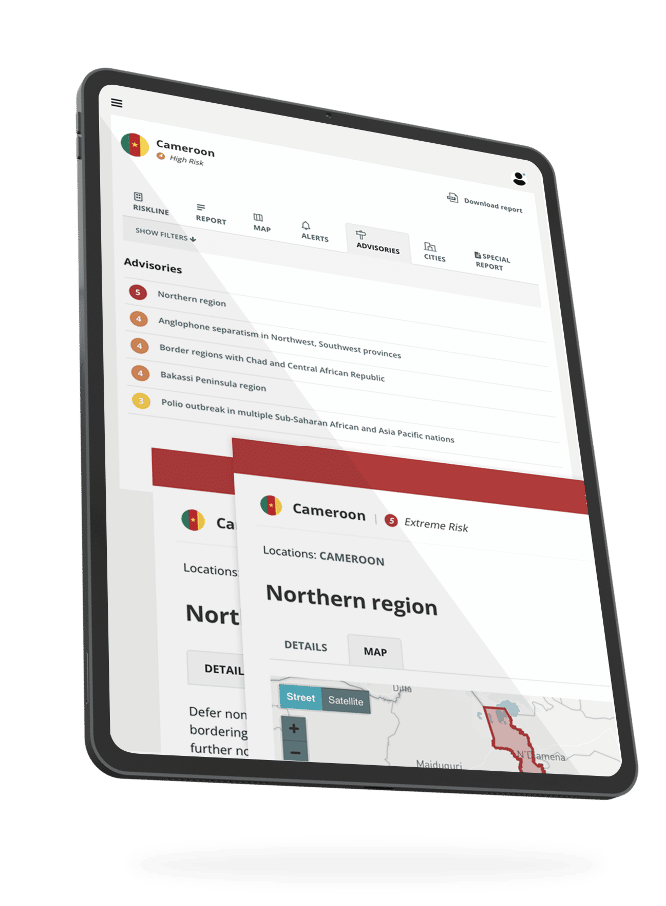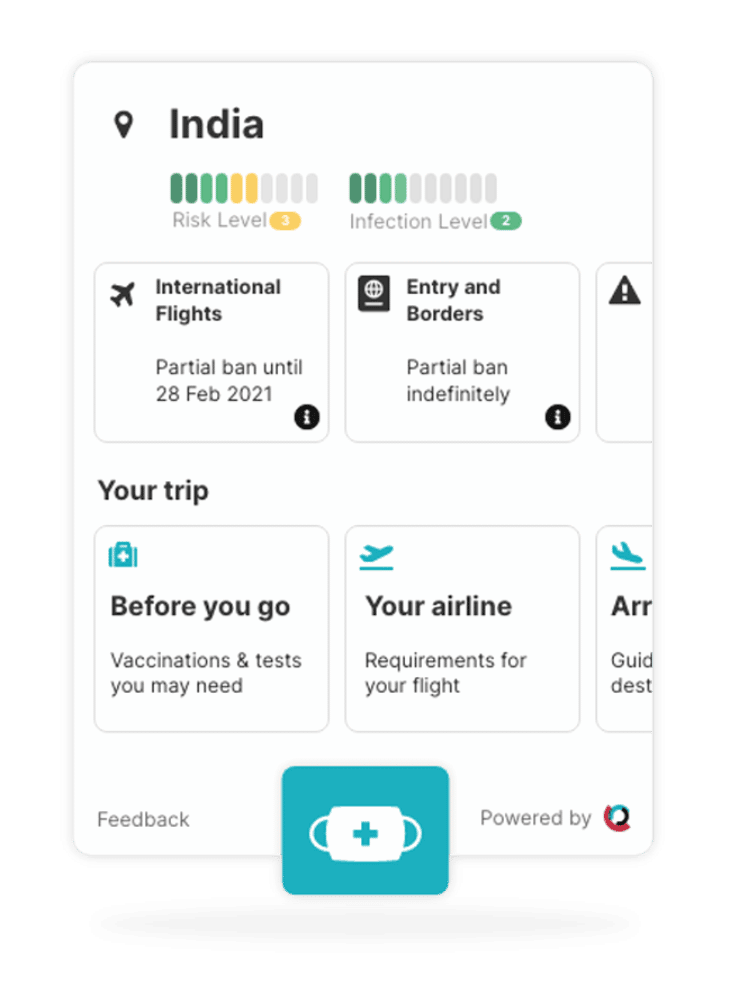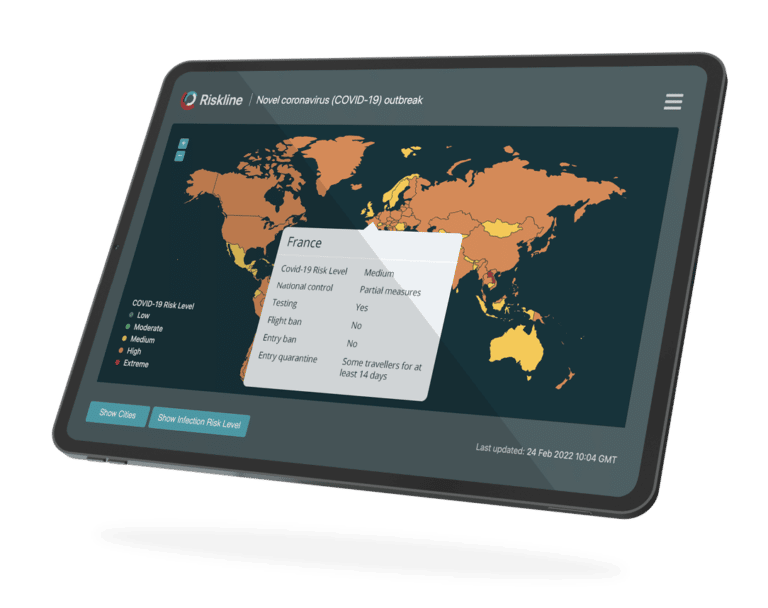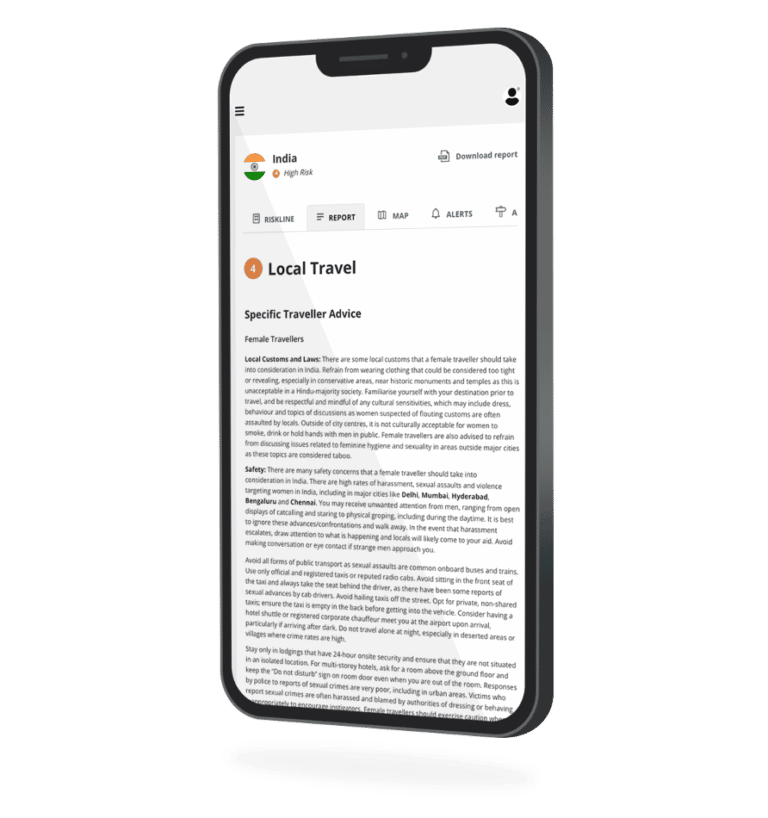By Marco Túlio Lara
Being president of Peru is a very difficult and dangerous job. According to the recent track record of the position, which has seen six officeholders in seven years, there is a high chance you will be impeached and, worst case scenario, also imprisoned.
The latest crisis engulfing the Andean country is directly connected with the December 2022 failed self-coup carried out by former president Pedro Castillo, when he announced the dissolution of Congress but was instead arrested after legislators acted quickly and the security forces refused to follow his orders.
Since then, the county has been submerged in a series of strikes, protests and roadblocks that started in the southern, more rural regions but later spread nationwide, including to the capital Lima, and have caused massive road, rail and air traffic disruptions in addition to claiming the lives of at least 60 people and injuring over 1,200 others.
The wave of protests of this magnitude and duration came as a surprise since Castillo had very low approval ratings, around 24 percent, at the time of his impeachment.
The explanation, however, resides in two factors: the first is that Congress has even lower approval ratings – at an abysmal 11 percent – and so lacks any real popular support, and the second is that Castillo’s support base was very dissatisfied with his replacement in office.
Vice President-turned-President Dina Boluarte had already been expelled from Castillo’s left-wing Free Peru (Perú Libre) in January 2022, after she stated in an interview that she had never embraced the party’s ideology.
She has been widely accused of siding with the right to stay in power and abandoning the voters who elected her.
That is why even though Castillo’s approval ratings were low, his supporters have been able to shut down much of the country while calling for Boluarte’s resignation, early general elections and a new constitution.
In that sense, the violent government response to demonstrations seemed to only amp up the pressure from protesters.
Since the beginning of March, however, the protests have seemed to wane, even if only temporarily, perhaps paying the price for never having had a nationwide movement or specific political programme.
What lies on the horizon?
Despite refusing to step down, Boluarte has proposed advancing elections to December, to no avail, as legislators have repeatedly turned down such proposals, mostly to maintain their immunity from prosecution that comes with their positions. An end to the turmoil is still difficult to predict.
In spite of the political turbulence from recent years, the Peruvian economy has been surprisingly strong with stable GDP growth.
This time, however, protests have already shown signs of damage to the economy’s two biggest engines, with the emblematic closure of the Inca citadel of Machu Picchu and a nearly 20 percent drop in mining exports in January compared to the same month in 2022.
On the political front, Boluarte has given no indications that she might step down, relying on the apparent support from the middle class, especially in Lima.
As she lacks legitimacy and enough power to bring the country together, there is no certainty regarding a way out of the stalemate.
From there, two things might happen: either protesters will altogether lose momentum and the movement will fade, while anti-government feelings will remain extremely strong, risking another eruption of unrest at any moment, or the government will implement political changes, even if not the ones desired by demonstrators, but significant enough to appease them.
Marco Túlio Lara is a Brazil-based political and security risk analyst covering Latin America.

